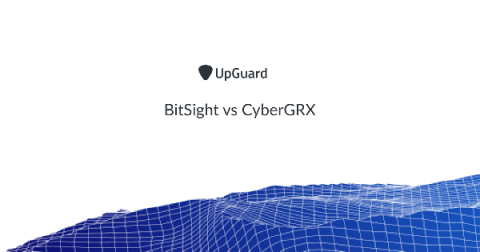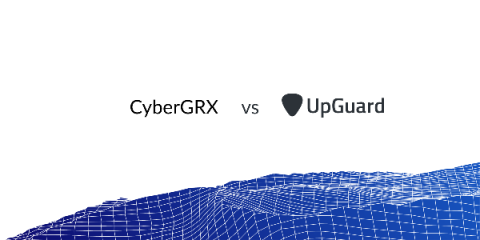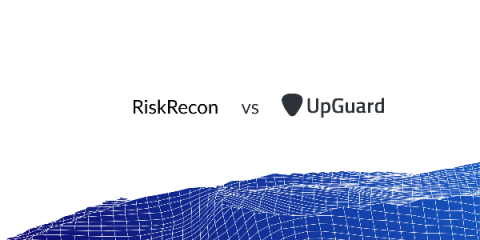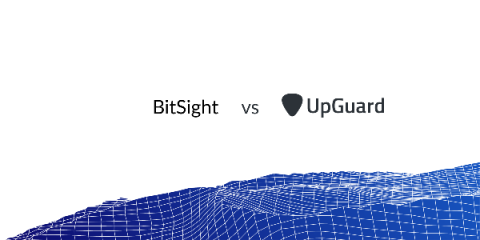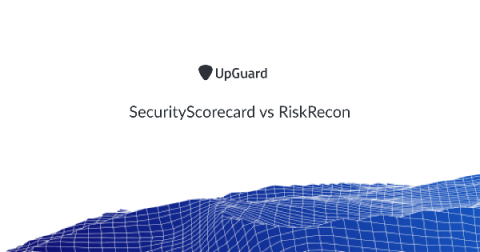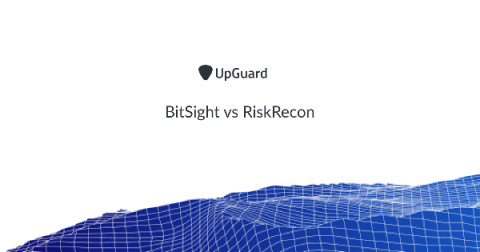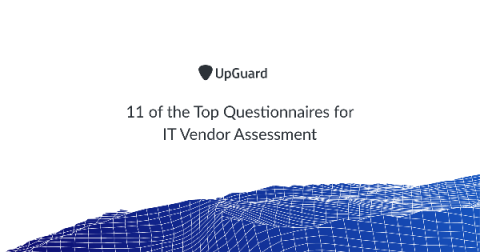BitSight vs CyberGRX Comparison
Due to increased outsourcing, digitization, and globalization, vendor risk management has become a top concern for CISOs and senior management around the world. These three forces have led to better products and services for consumers while giving organizations the ability to focus on core competencies while reducing costs and accessing new, global markets. That's the good news, the bad news is these same forces introduce significant cyber risk, particularly data breaches and data leaks.


